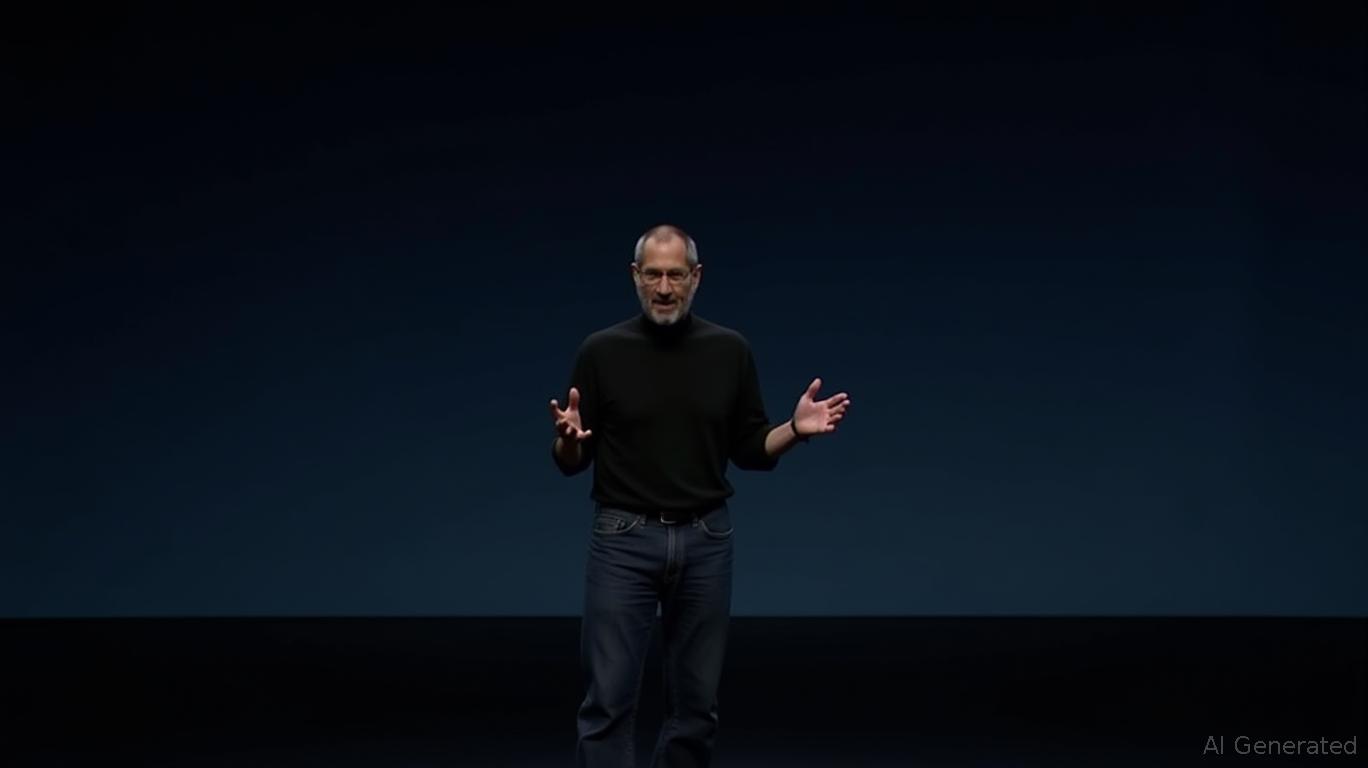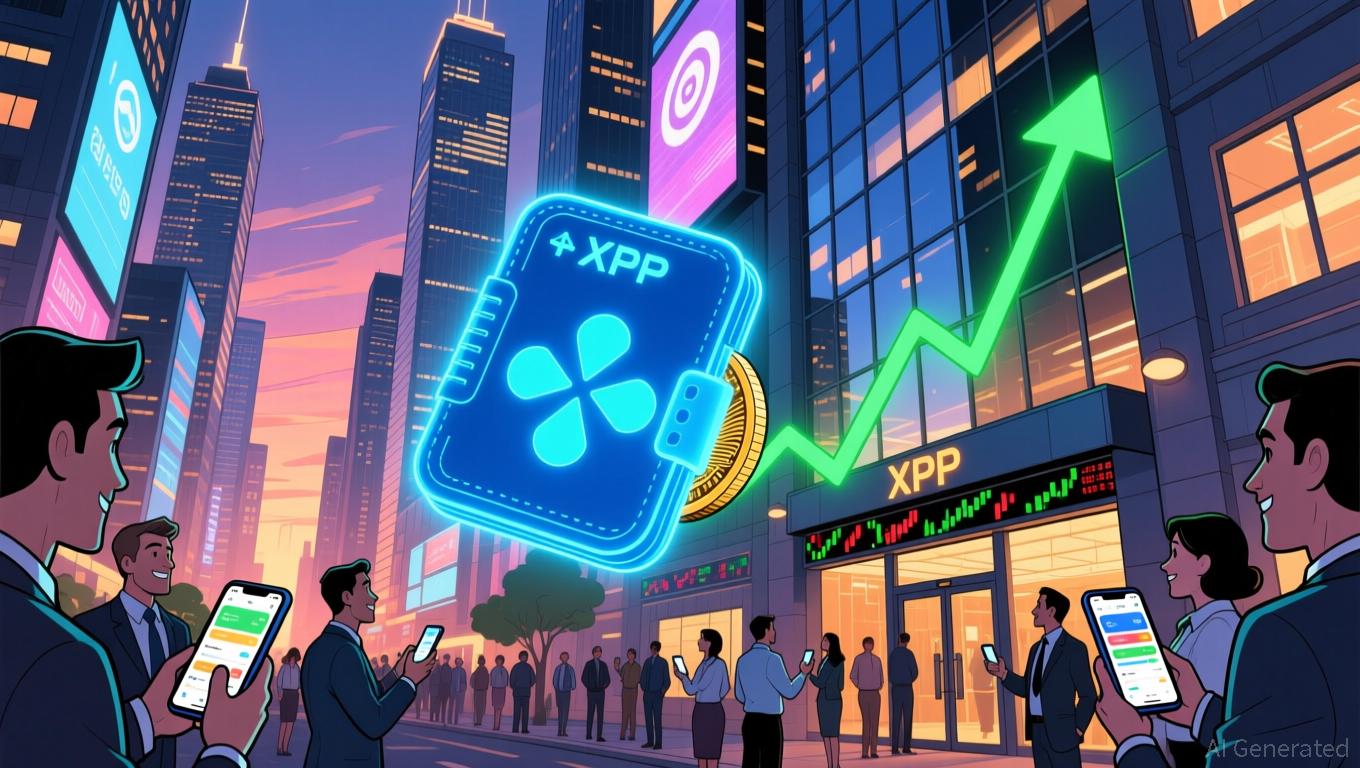Steve Jobs' Bold Presentation Changed Smartphone Displays for Good
- Steve Jobs pressured Corning to produce the first iPhone screen in 2007, accusing its leaders of fearing risk despite initial reluctance. - This collaboration led to Gorilla Glass becoming the smartphone industry standard, reshaping mobile device design and durability. - Apple's $2.5B U.S. glass production investment triples Corning's Kentucky factory capacity, aligning with its China diversification strategy. - Legal challenges persist as Apple appeals Epic Games' App Store ruling, with potential $10B a
Apple's groundbreaking partnership with
Back then, Corning was reluctant to sign on to manufacture the iPhone’s glass screen, with internal voices suggesting the deal should be declined. Jobs, however, used his reputation for relentless standards and boldness to persuade Weeks. "Do you know what your problem is? You're afraid. You know, you're afraid I'm going to launch the biggest product in history, and I'm not going to be able to do it because you failed, and I'm going to eviscerate you," Jobs reportedly told Weeks, according to AppleInsider. The conversation, described as a masterclass in persuasion, convinced Corning to take the leap, resulting in the creation of Gorilla Glass, which soon became the industry norm for smartphones.

The alliance has since progressed, with Corning now providing the advanced Ceramic Shield 2 for the iPhone 17.
At the same time, Apple continues to deal with legal disputes, including its appeal in the Epic Games App Store lawsuit. The company is trying to overturn a federal court order that prevents it from collecting commissions on purchases made outside the App Store, arguing that the decision imposes excessive financial burdens, according to
Investor outlook remains cautiously positive, with Loop Capital upgrading Apple to a "Buy" rating and increasing its price target to $315, citing strong demand for the iPhone 17 and expectations for sustained growth through 2027, according to a
Disclaimer: The content of this article solely reflects the author's opinion and does not represent the platform in any capacity. This article is not intended to serve as a reference for making investment decisions.
You may also like
XRP News Today: XRP Faces Impending Death Cross: Falling Below $1.82 Could Lead to a 15% Decline
- XRP faces bearish pressure as a death cross forms, signaling potential 15% price correction below $1.82 support. - Analysts highlight $1.90–$2.08 consolidation zone as critical for stability, with $1.65 Fibonacci level as potential bottom. - Recent ETF launches briefly boosted XRP to $2.25, but weak volume and lack of institutional buying limit upside. - Broader crypto fragility and regulatory uncertainties amplify risks for XRP holders amid technical breakdown threats.

XRP News Today: XRP ETF Debut Opens Door to Widespread Adoption in Traditional Finance
- 21Shares confirms imminent U.S. spot XRP ETF launch, marking institutional access for Ripple's asset post-SEC settlement. - Final S-1/A filing clears regulatory hurdles, with $586M net inflows and $85.8M trading volume signaling strong market demand. - Analysts highlight ETF-driven $10B inflow potential, contrasting speculative trading with XRP's cross-border payment utility and institutional adoption. - Multiple XRP ETFs in pipeline could solidify its mainstream status, bridging crypto and traditional m

Zcash Halving and Its Effects on the Cryptocurrency Market
- Zcash's 2025 halving reduced block rewards by 50%, driving a 1,172% price surge to $589 amid institutional adoption and privacy-focused utility . - Unlike Bitcoin's mixed halving outcomes, Zcash's deflationary model combined with shielded transactions and ESG alignment attracted diversified investor demand. - Privacy features (zk-SNARKs) and 2025 PoS transition stabilized mining returns, but regulatory scrutiny of shielded transactions remains a key risk. - Future Zcash halvings (next in 2028) may face l

Korean Won Stablecoin Alliance Seeks to Disrupt US Dollar Dominance in Digital Finance
- WEMADE leads Korean won stablecoin alliance with CertiK, Chainalysis, and SentBe to challenge USD-dominated stablecoin markets. - CertiK provides security infrastructure for StableNet mainnet, while Chainalysis/SentBe enhance compliance and transparency. - South Korea's $10.3B Upbit-Naver merger and KakaoBank's initiatives reflect national strategy to assert monetary sovereignty via blockchain. - Regulatory hurdles persist, but alliance aims to navigate 51% bank ownership rules through security-complianc
